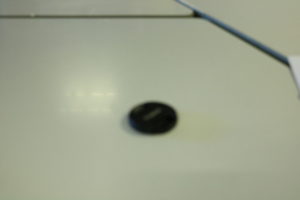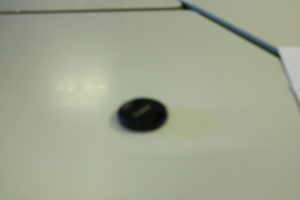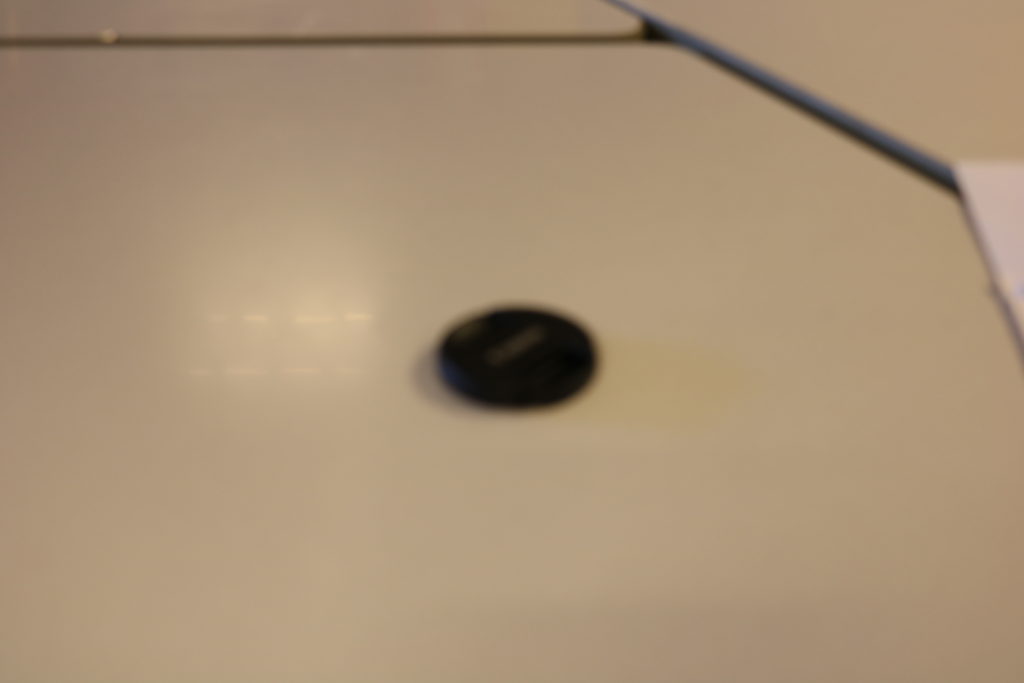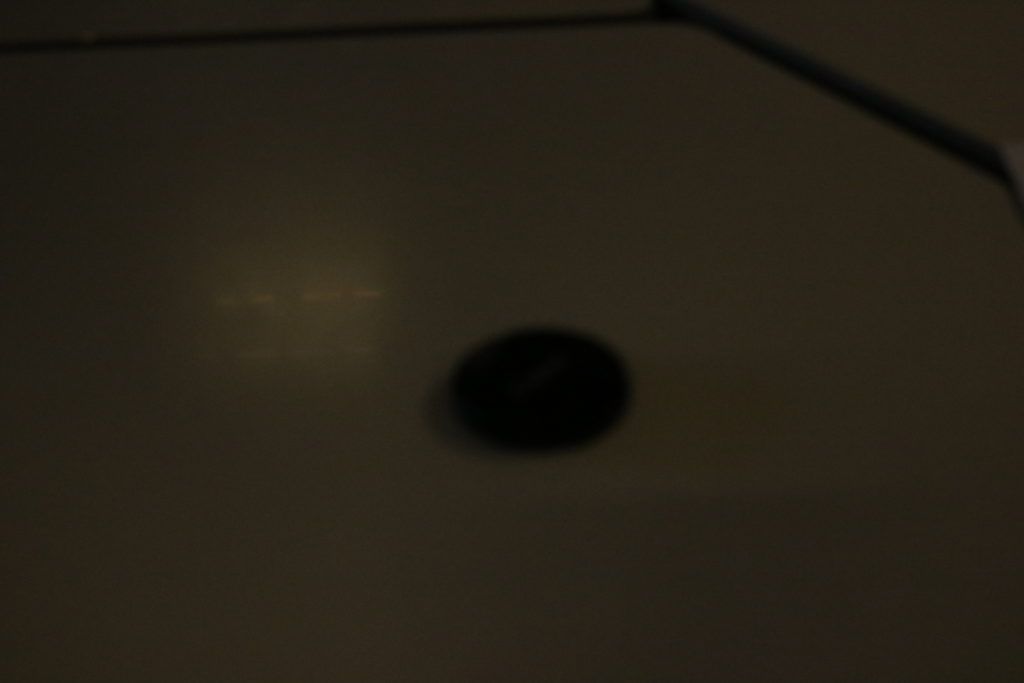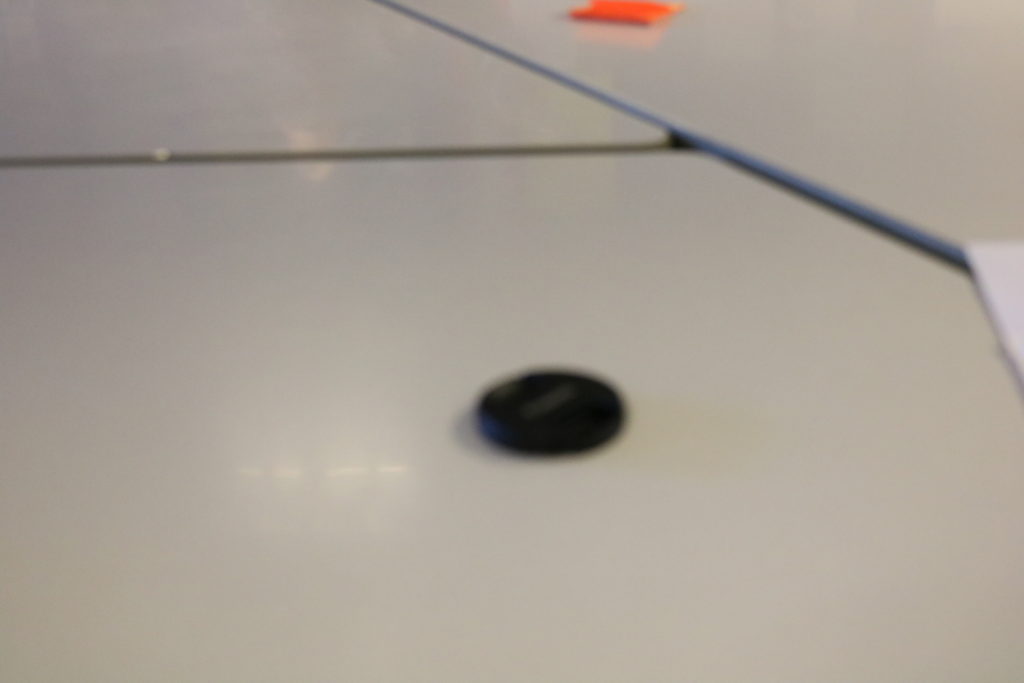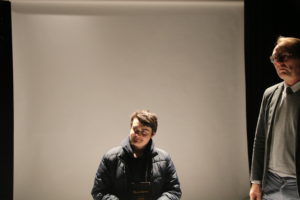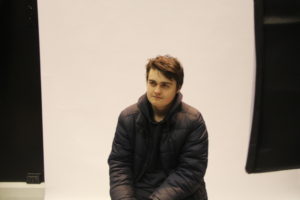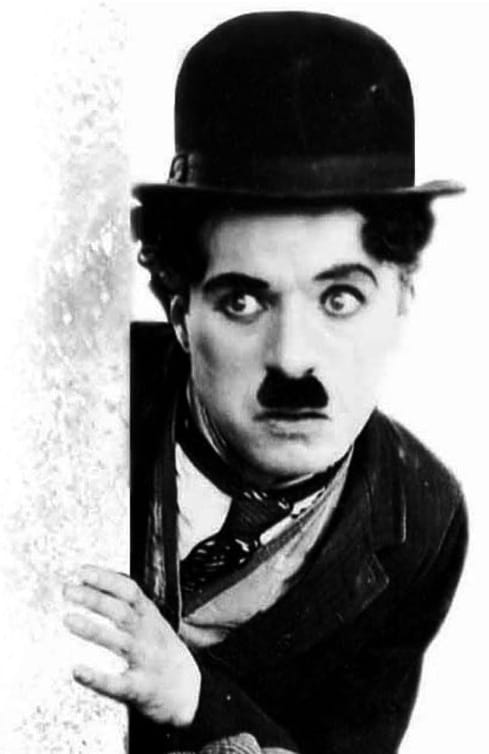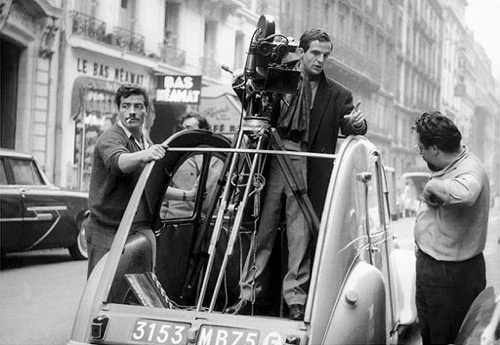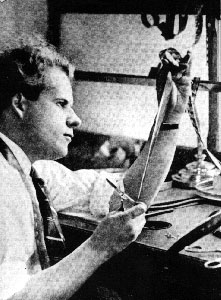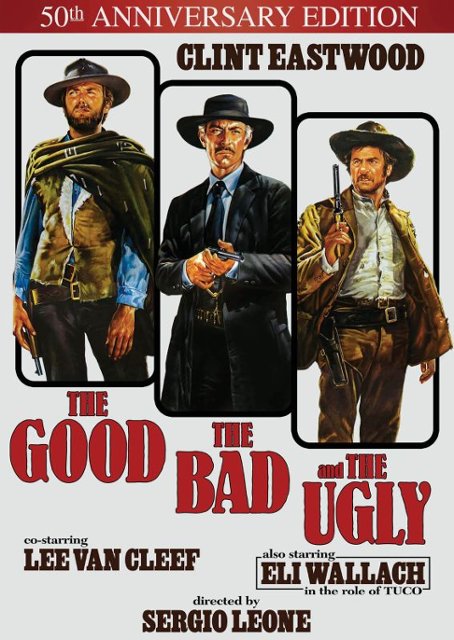The Cabinet of Dr Caligari is a German 1920 silent horror movie released in 1920 directed by Robert Weine and is seen as a important film of expressionist cinema in Germany. This film was created and released in 1920 what was 2 years after the end of WW1 what meant the memories felt fresh what led to the expressionist art movement in Germany where work was considered bleak and depressing as a way to represent the condition of the country what had been suffering from crisis in the new Weimar Republic. The script was also inspired from writers Hans Janowitz and Carl Mayer own experiences with the military in WW1 who became pacifists. This film connects to these themes and events by bringing all of these together to create a final product what becomes a message from the director like all expressionist work what states look what war does. This film was produced by Decla-Bioscop AG a independent German film studio, what wasn’t apart of UFA what was the main studio in this period of time in Germany after it being founded in 1917. Erich Pommer was one the producers on the film, who was seen at that point as one of most powerful people in film in Germany and Europe. He was also apart the silent German expressionist movement era in film. The props and sets took 2 weeks to finish and were designed by Herman Warm, Walter Reimann, Walter Rohrig. They used many different eras of history in their work, this was done to show the importance of film design to German film in the 1920s.
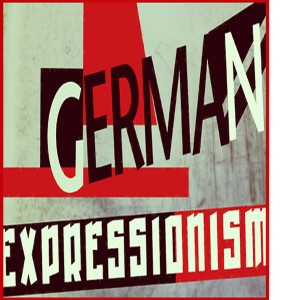
Weine’s work is innovative by how he captures horror throughout the film by creating unease through visuals and unpredictability through its plot. The stage in all scenes use backgrounds what both makes the setting seem bigger but however this effect also adds to this horror genre as it gives a sense of claustrophobia through unease. This gives the style of the setting a unique factor what gives the movie the factor of horror across the whole movie. Also using paint as shadows to cut cost was very helpful in creating a more unusual setting by having a more equal amount in contrast in black and white scenery, this especially used well in the kidnap scene where its the room is pretty much covered in shadow except for the area surrounding the window. By also making the deign of the set more rigid and diagonal it makes it more of a horror movie by making the audience feel unease, as it really limits at the same time as making you not want to be apart of the world. Costume and make-up also builds Cesare as horror figure by making him look unlike everyone by making him seem like he is dead, by doing that it follows certain themes that impact the twist at the end even more. The best scene in the movie where Cesare is seen as a horror figure is when he climbs the building with damsel in distress what encapsulates all feelings the antagonist in horror movie has in these movies. Cinematography is used with the stage well as it keeps as little space as possible as Weine seems to do it purposely to keep that claustrophobic feeling to the whole movie. He is uses the closing of an eye as a camera effect well to indicate the end of the scene and when cutting to the next, as it again follows the idea this is a dream. It also creates emotion quite well when showing the shock and sadness when one of victims family finds them dead. It gives so much through the iris closing right on the shocked members face, focusing on lots of different emotions all at once. In almost all shots of the film he covers part of the side of the camera to firstly to limit even more space but to make it seem the environment is fading, to make it look it more like a nightmare by keeping it as dark as possible. As its black and white and silent the composition as well as aspect ratio makes it seem more of a horror as everything is so dark while its missing the sound what adds a certain predictability to films what helps it massively, as you can’t predict anything first time after viewing.

Robert Weine legacy has run through cinema with his style especially being lasting effect. The most obvious inspiration from this is Tim Burton who creates films very similar to Weine with a Gothic twist to all is movies what is that it creates unease even if it is not supposed to be a horror or thriller with examples of this being Batman( a superhero movie) and Planet of the Apes( a sci-fi film). It is clear that there is inspiration in visuals and dark themes in both directors work. Burton even took it further in Edward Scissorhands and Dark Shadows by making Johnny Depp’s characters look nearly identical to Cesare. This likely led to other directors making Depp look like Cesare by making him look dead in the eyes such as in the Pirates franchise. Weine has also had an obvious effect on horror movie settings and locations, as in this film mostly due to small studios but uses the small space in the screen to create that claustrophobic and enclosed environment in film that makes scenes more intense and dramatic as their is less space for the cast in the space what further limits what can happen in a scene. It can also be seen in the neo-nor film Blade Runner what uses claustrophobic environments to show its theme of over population. One more aspect Cesare’s character was the theme of death and the film the Crow seems to be partly pay homage to Weine’s character as Brandon Lee’s Crow is an obvious copy of Cesare in look and what he represents what follows the expressionist genre quite strongly. Something what might not be easily picked up but the twist at the end likely inspired M. Night Shyamalan who is famous for twist endings and lots of other directors who use twists for endings. One last inspiration what likely came from this film what has become some sort of a cliche in film is the evil scientist being the main antagonist of the film. This probably helped make Dr. Frankenstein become more of a villain than a tragic character like the books, and this has been replicated ever since, such as in Alien 3.









 In focus
In focus Out of focus
Out of focus Camera(Foreground) in focus
Camera(Foreground) in focus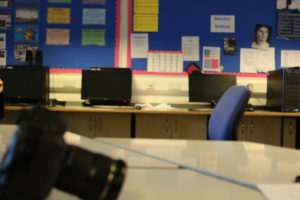 Background in focus
Background in focus



